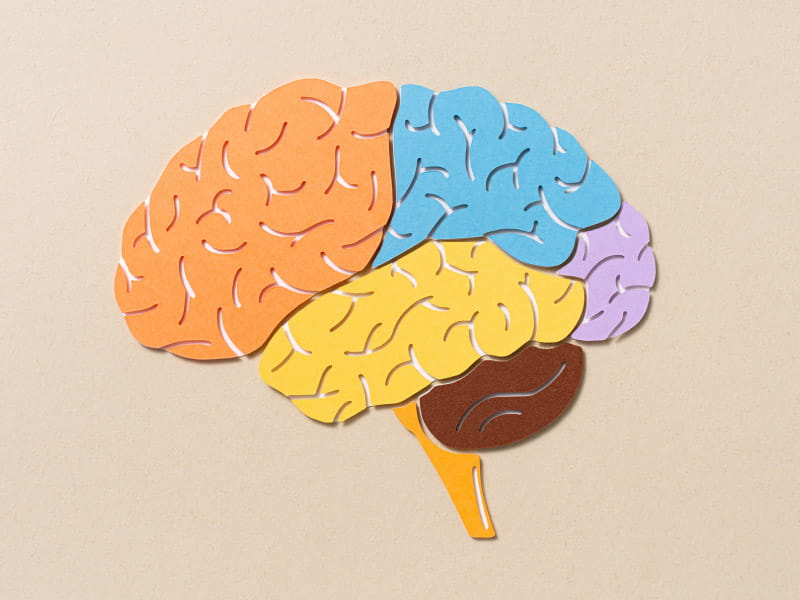Hmong Americans may have strokes at much younger ages
By Lourdes Medrano, American Heart Association News

Hmong American adults who have a stroke tend to be much younger than their white counterparts and may be more likely to have a less common type that causes bleeding in the brain, a new study suggests.
The research, published Wednesday in the Journal of the American Heart Association, also found that Hmong stroke patients had higher blood sugar levels and worse cholesterol than their white peers.
The Hmong people are an ethnic group of clans primarily from mountainous areas in Laos, China, Vietnam and Thailand. Many fought alongside the United States during the Vietnam War. Persecution from that alliance forced thousands of Hmong to flee Southeast Asia in the mid- to late 1970s, with many coming to the U.S. as refugees. The U.S. Hmong population now hovers at an estimated 368,609, according to 2021 census data.
Previous research shows refugees, including Hmong refugees, may have a higher prevalence of cardiovascular disease and risk factors. But little is known specifically about stroke among the Hmong.
Researchers used an American Heart Association database of medical records to identify 128 Hmong stroke patients and 3,084 white stroke patients treated at Regions Hospital in St. Paul, Minnesota, between 2010 and 2019.
Most of them had an ischemic stroke, the type caused by a clot that blocks blood flow to the brain. But intracerebral hemorrhage, an often deadly type of stroke that causes bleeding in the brain, was twice as common in Hmong stroke patients: 31% compared to 15% among white patients. The Hmong's high rate of intracerebral hemorrhage is similar to that of other Asian ethnic groups, the researchers said.
Hmong Americans also were much younger at the time of their strokes. They had clot-caused strokes 11 years sooner on average, at age 60 versus 71 for white people. For intracerebral hemorrhage, the age gap was even wider: 56 versus 70.
The study included another type of bleeding stroke called subarachnoid hemorrhage, but the researchers said there weren't enough cases to make comparisons.
Researchers also found that after symptoms started, Hmong people having an ischemic stroke arrived at the emergency room almost four hours later than white people – and were less likely to get there by ambulance. They had higher blood sugar, especially those with diabetes, and worse cholesterol and triglyceride levels.
While the severity of ischemic strokes was similar among both groups, Hmong patients were less frequently discharged to rehabilitation facilities.
The findings show health care professionals must intensify their outreach in a population that comes from "a completely different culture and lifestyle," said Dr. Haitham Hussein, the study's lead author and an associate professor of neurology at the University of Minnesota in Minneapolis. "There's different food, and the physical activity is not the same, and, particularly for the first generations of Hmong refugees, the cultural and the language gaps remain wide."
For the Hmong, their language does not have a word for "stroke," Hussein said. "This was a surprise to us because for many years, our stroke education efforts assumed a common understanding that was not there, which raises questions about the effectiveness of such efforts."
For that reason, Hussein's team helped to develop stroke educational material – including videos that feature survivors speaking Hmong or that are specifically adapted to the Hmong culture.
Lan Ðoàn, an assistant professor in the department of population health at New York University Grossman School of Medicine, said the study provides valuable observations into stroke in the Hmong population that can help better address health disparities.
"What we typically see in a lot of data is the clustering of Asian populations together under these labels of Asian American, Asian and Pacific Islander," said Ðoàn, who was not part of the study. "This generalization and use of this large Asian American label really has inhibited our ability as researchers, as health professionals to understand the true prevalence of health conditions across the diversity of Asian ethnicities."
Ðoàn said the findings could apply to other small and emerging communities experiencing health disparities and help to start conversations about preventive care.
Despite the study's retrospective design, small number of Hmong patients treated at a single hospital and lack of follow-up data, researchers said their observations were valuable. The findings can help address health care inequities through outreach work, Hussein said.
"We must start soon and include the young generations," he said. "Without that foundation of knowledge early in life, we are intervening late. When people are in their 60s or in their 50s and already coming in with a brain hemorrhage, it's too late."





